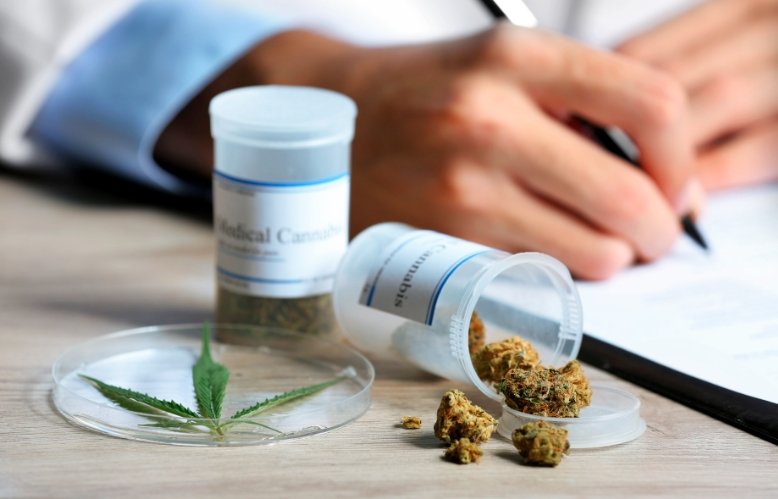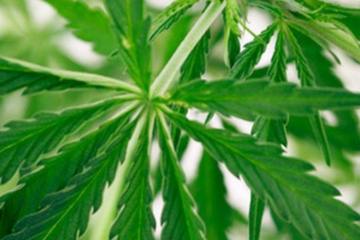A newly published study from New Zealand has explored the potential of cannabis as a harm reduction tool, examining how its use might influence the consumption of other substances like alcohol, tobacco, and illicit drugs. The findings highlight various lifestyle factors and suggest that cannabis could play a role in reducing the use of certain harmful substances, especially among specific demographic groups.
Overview of the Study
The study, titled “Exploring the substitution of cannabis for alcohol and other drugs among a large convenience sample of people who use cannabis,” was published in the Harm Reduction Journal in November 2024. Researchers used data from the 2020 New Zealand Drugs Trends Survey (NZDTS), which collected responses from 23,500 individuals. The aim was to assess whether cannabis was being used as a substitute for other substances, and to identify patterns based on age, ethnicity, and other factors.

The Survey’s Methodology
Participants were asked about their cannabis and substance use over the past six months. The substances in question included cannabis, alcohol, tobacco, methamphetamine, MDMA (3,4-Methylenedioxymethamphetamine), LSD/psychedelics, morphine, synthetic cannabinoids, and cocaine. They were also asked about the frequency and quantity of their consumption. Those who reported using any of these substances were then asked how cannabis affected their use of other drugs—whether it led to more, less, or the same amount of use.
Key Findings
Cannabis as a Substitute for Other Substances
The study found that a significant portion of cannabis users reported reduced consumption of other substances after starting cannabis use:
- Alcohol: 60% of cannabis users reported using less alcohol.
- Synthetic cannabinoids: 60% reported using less.
- Morphine: 44% reported using less.
- Methamphetamine: 40% reported using less.
The report suggested that individuals who reported using “less” of these substances also used them less frequently and in smaller quantities. In contrast, cannabis use appeared to have little effect on the consumption of substances like LSD, MDMA, and cocaine, with approximately 70% of respondents reporting “no impact” on their use of these drugs.
Impact on Tobacco and Other Drugs
Interestingly, tobacco use seemed to increase for some cannabis users, with about 20% reporting that they used more tobacco after starting cannabis. This was notably higher among those in the 16-20 age group, who also showed mixed impacts on other substances, including alcohol and methamphetamine.
Age and Ethnicity-Based Variations
The study also found significant differences based on age and ethnicity:
- Young adults (ages 21-35) were more likely to report that cannabis use led to less alcohol and methamphetamine use.
- Adolescents (ages 16-20) showed mixed responses, with some reporting increased tobacco use and others experiencing reductions in alcohol or methamphetamine use.
- Māori participants were more likely to report that cannabis use led to less alcohol, tobacco, methamphetamine, and LSD use.
Interestingly, students and those living in cities were less likely to report that cannabis use reduced other drug consumption, suggesting that environmental and lifestyle factors may influence the relationship between cannabis and other substances.
Implications for Harm Reduction Strategies
The study’s findings provide several insights that could inform future harm reduction policies. The researchers suggest that community-based programs offering low-cost or free cannabis could help disadvantaged individuals reduce their reliance on more harmful substances.
Furthermore, the findings point to the potential for increased access to cannabis for young adults, particularly those aged 20 and over, as a means of curbing excessive alcohol consumption. Cannabis use was also identified as a potential strategy for reducing methamphetamine use, either as a direct substitute or as part of a broader treatment approach.
This large-scale study adds valuable insights into the ongoing conversation about cannabis as a harm reduction strategy. While cannabis use does not appear to reduce the use of all substances uniformly, it may offer significant benefits for individuals looking to reduce their consumption of alcohol, tobacco, and other hard drugs. These findings could guide future harm reduction policies, particularly in countries where cannabis use is becoming more accepted both recreationally and medicinally.



